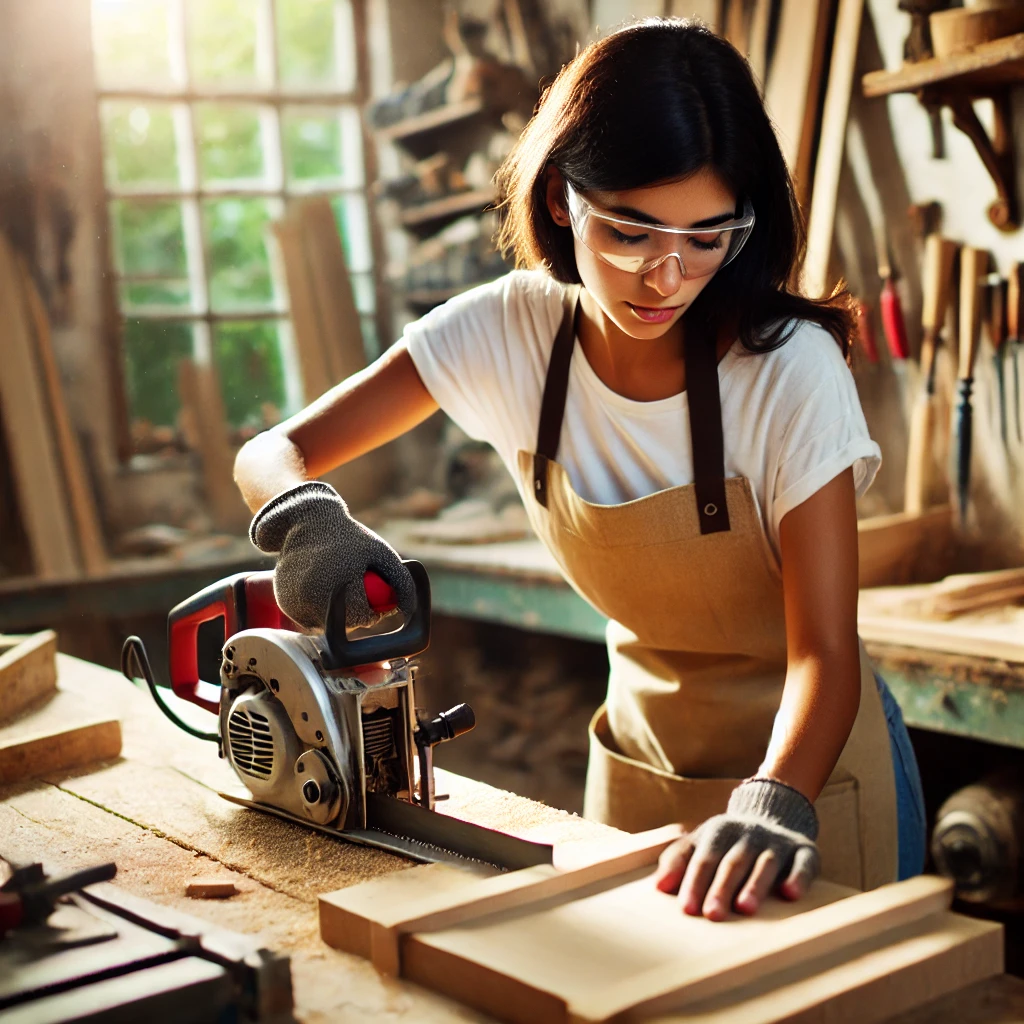Web Design on a Whim: Dissecting Trends Without Losing Your Sanity

Alright, let me paint you a picture: it’s 2025, and web design is still the wild, wild west it’s always been—but with a twist. Everyone wants sleek, they want fast, and if it's not breaking the mold, it’s just plain boring. But here’s my take on navigating these choppy waters without losing my mind, or worse, my sense of humor.
Minimalism Isn't Just for Your Closet
Ever tried to find something in a cluttered room? That’s a hard no from me. That’s why I'm all in on minimalist web design. It’s like Marie Kondo took over the internet—does this button spark joy? No? Then it’s gone. Simple as that. With fewer elements, everything runs smoother, loads faster, and frankly, it just looks cleaner.
In my experience, keeping a website minimal not only helps with user satisfaction but also eases the backend hassle. Fewer elements, fewer problems.
Why Minimalism Rocks:
- Quicker load times – because no one likes to wait.
- Enhanced user experience – find what you need without the fluff.
- Lower maintenance – less clutter, fewer updates.
- Focus on content – lets your work shine without the shiny distractions.
It’s like giving your website a shot of espresso without the jitters—clean, effective, and to the point.
Got a Business? You Need an Online Crib
Let’s talk online presence. If you’re not online, do you even exist? In the business world, the answer’s a solid nope. Whether you’re slinging travel deals or gourmet burgers, being findable and engaging online is the name of the game.
Here’s the kicker: it’s not just about being online; it’s about creating a space that embodies your brand. It’s your digital handshake, first impression, and all the follow-up meetings rolled into one.
Key Features of a Killer Online Presence:
- Responsive design – because everyone’s glued to their phones.
- Consistent branding – make your brand memorable.
- Clear CTAs – tell them what to do or watch them bounce.
- Engaging content – keep them coming back for more.
It’s your 24/7 salesperson, so dress it up nice and make it work hard!
Does Affordable Mean Cheap? Not on My Watch
When folks hear “affordable web design,” they often think second-rate. Not true! I believe in making web design accessible without compromising quality. Because let’s be honest, not everyone has the budget of a Silicon Valley giant, and they shouldn’t need to.
Affordable can still mean innovative, functional, and aesthetically pleasing if you know what you’re doing (and thankfully, I do).
Budget-Friendly Design Tips:
- Use open-source tools – they’re free and plentiful.
- Choose scalable options – grow as you go.
- Streamline design elements – who needs a digital Rube Goldberg machine?
- Focus on usability – pretty doesn’t help if it doesn’t perform.
Remember, economical doesn’t have to mean cheap—think of it as being frugal with flair.
Restaurants and Travel Websites: More than Just Pretty Menus and Beach Pics
Now, designing for industries like travel and tourism, or the bustling world of restaurants, is a whole different kettle of fish. These sites need to be immersive, visually appealing, and super functional. We’re talking mouth-watering menus and wanderlust-inducing travel destinations that pop right off the screen.
But here’s the rub: they also need to handle bookings, reviews, and maybe a virtual tour or two. It’s like building a bridge while people are already walking on it—tricky but oh-so rewarding.
Must-Haves for Travel and Restaurant Websites:
- Stunning visuals – first we eat with our eyes, right?
- Seamless booking systems – no one should need a tech degree to book a table or a tour.
- User reviews and interactions – social proof isn’t just a buzzword.
- Mobile optimization – because booking on the go shouldn’t be a pain.
These are your digital storefronts, so make them as inviting as your grandma’s house on Thanksgiving.
So, what’s your biggest web design challenge or success story? Hit me up in the comments, I’d love to hear about it!









